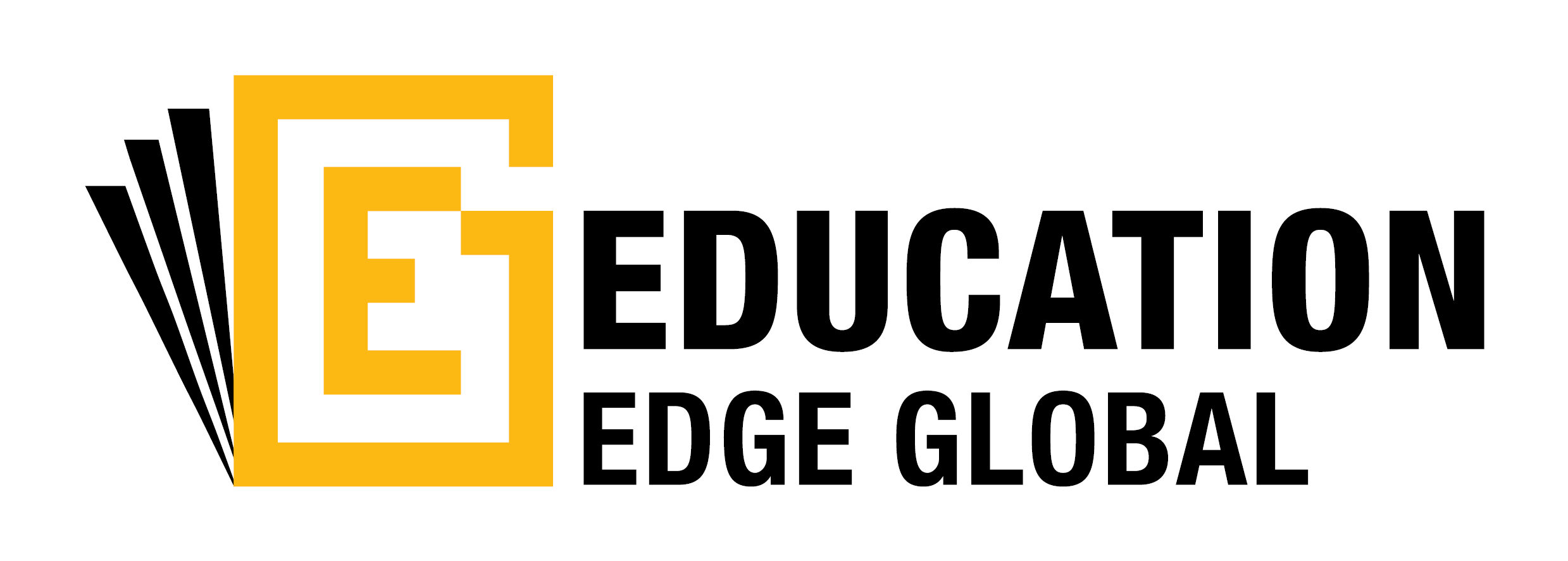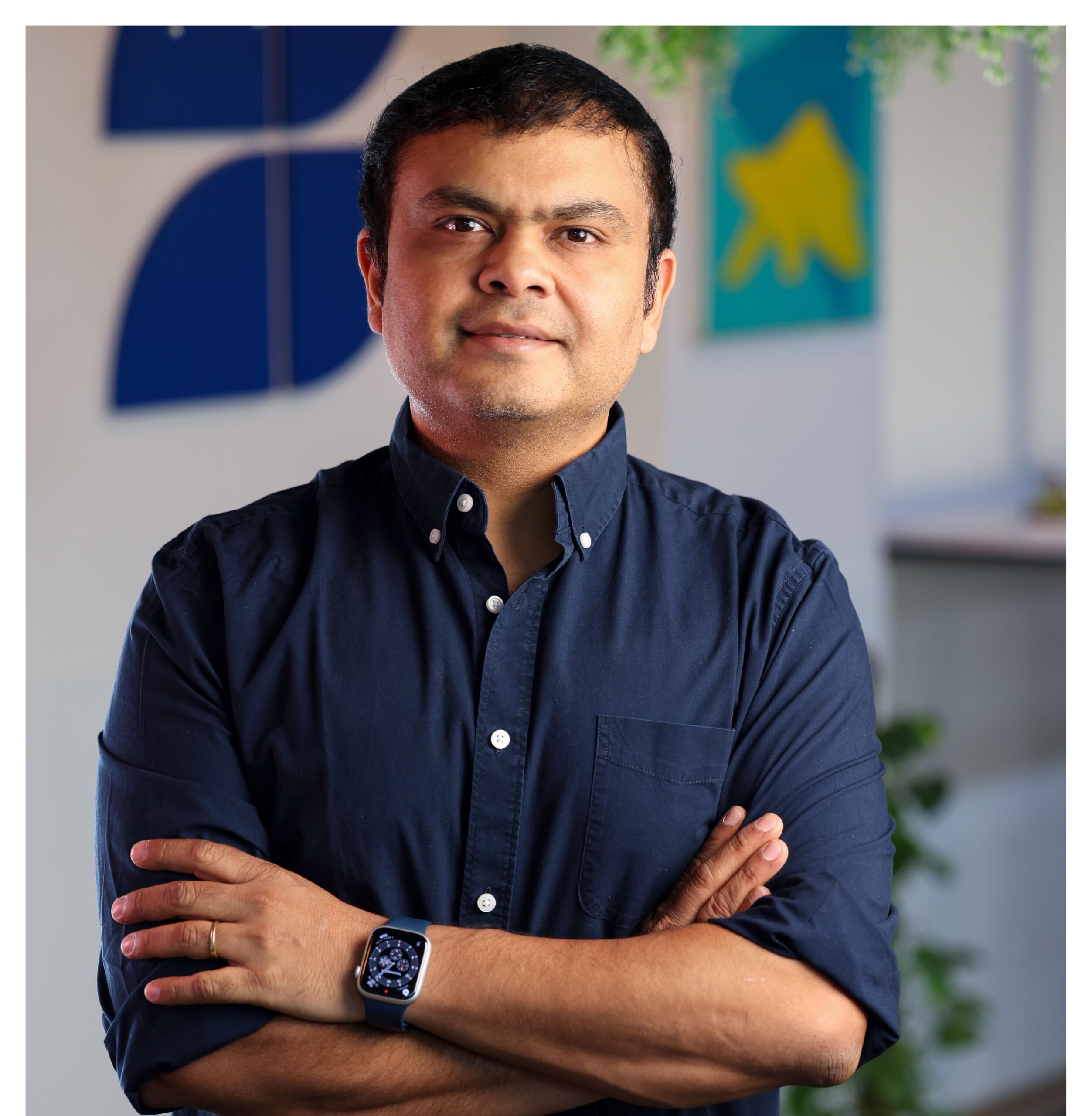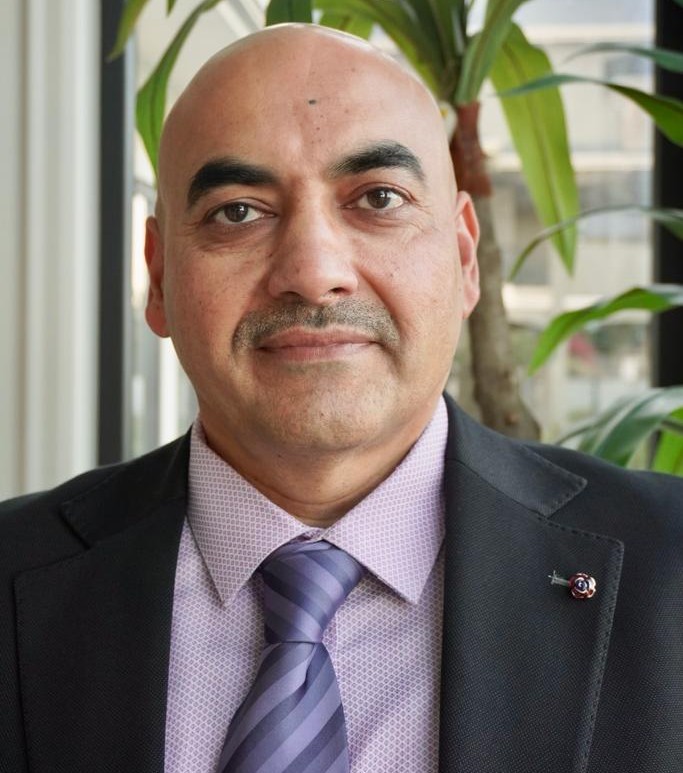By: Nikhil Mudgal, Founder and CEO, Lorien Finance
For decades, studying abroad was a high-stakes, all-or-nothing bet — one destination, one degree and one big loan. However, we are at an inflexion point, as far as foreign education and its equivalence in India is concerned. Today’s Indian students are stacking their way to global degrees — beginning with short-format programs, micro-credentials, or twinning arrangements, thus progressively building toward full-fledged international qualifications. The new pathways for Indian students aspiring to get a global education are backed by the latest education policies of our country, marking a revolutionary change in its education landscape.
The game-changing policies include NEP-2020-based developments in higher education, driven by the UGC; the gazetted National Credit Framework Report (NCrF), published in April 2023; and the new regulations for granting equivalence to foreign degrees— a task which is now taken over by the apex education body of the country, as opposed to the AIU (Association of Indian Universities), which was previously responsible.
The newfound flexibility allows students to earn foreign credits through short on-campus courses from premier international institutions, such as Imperial College London, Stanford, and the University of Melbourne. According to the UGC equivalence portal, the committee granting the Indian stamp of approval to foreign credentials can also consider online and hybrid learning credits and degrees, on a case-by-case basis, allowing students to study from the comfort of their homes.
The micro-credentials are likely to make foreign degrees more manageable compared to those completed entirely overseas. Microcredentials can help reduce the upfront burden of the large-ticket tuition fees and the cost of living involved in extended study-abroad periods. In the case of online microcrentials, the fees may also be lower, while the cost of living is a non-issue.
Interestingly, this does not necessarily reduce the total cost of education. In many cases, the cumulative loan exposure may equal — or even exceed — a traditional big-ticket loan. But the perception of value and control is different. Smaller loans mean lower EMIs, reduced initial exposure, and more room to pivot. Families view this staged borrowing more favourably, especially when compared to locking into multi-year liabilities.
But, how does credit stacking really work?
Supporting international mobility, the 2023 NCrF report states, “NCrF will promote international equivalence of qualifications and courses as well as the mobility of students across international boundaries.” Therefore, the microcredentials earned through the top universities mentioned above can subsequently culminate in a foreign degree in the respective university, be transferred to an Indian degree, or add up to a transnational and trans-university degree. Furthermore, the USA and European Commission recognise certain micro-credentials transferred through frameworks such as ECTS, thereby laying the foundation for multicultural immersions, alongside a truly world-class education.
It is worth noting that the latest updates not only make the global education aspiration more modular and flexible than ever for Indians. The regulations also potentially fast-track education for motivated students, allowing up to 10% variance in the credit load and learning hours during the equivalence process.
As learners stack credits to earn a degree from a recognised institution of their choice and at their convenience, they can also work towards enhancing their employability by opting for skill-focused courses. Some of these micro-credentials offered by top universities worldwide help learners gain proficiency in emerging areas of study, including artificial intelligence, data science, business analytics, cybersecurity, and more.
The changing job market partially influences the rise of microcredentials. As opposed to educational qualifications, employers today are more skill-focused than ever. Coursera’s Micro-Credentials Impact Report, published in 2025, mentions that 96% of employers surveyed worldwide think that micro-credentials strengthen a candidate’s profile, while 87% of the employers studied have hired at least one candidate based on micro-credentials.
Thanks to this shift, many budding professionals consider micro-credentials as career accelerators, which implies greater value derived from the final degree. Due to the flexibility in obtaining international degrees, students are seeking smaller, stage-based loans that align with each academic or career milestone, instead of one large loan disbursed at once. Using their salaries, young professionals can pay off the smaller loans faster.
However, have lenders stepped up to the occasion?
These shifts in learning and borrowing behaviours are exposing the limitations of traditional lending frameworks — many of which are still optimised for full-time, degree-seeking applicants with cosigners, fixed timelines and large upfront tuition needs.
The new generation of students often doesn’t fit that mould. They may apply for a short course abroad before committing to a multi-year program. They might want to split their degree across institutions or countries. Many don’t have a parent who can cosign a loan. And, they’re often applying to programs where the true ROI is based on employability, not ranking. In fact, our internal data from April to July 2025 shows that nearly 20% of all loan applications were for programs under 18 months.
The current scenario calls for a mindset reset among lenders. Gradually, lending platforms, particularly fintech-backed education loan providers, are adapting to the evolving landscape, even offering collateral-free, INR-denominated loans at competitive interest rates, usually ranging between 9% and 12%. Some also allow students to apply for collateral-free, multi-currency loans with flexible repayment terms for both traditional and non-traditional programs. These products are built around the student’s journey — not just the institution they attend.
All in all, it suffices to say that education is no longer a one-time event — it’s a journey of continuous evolution. And, the smartest lenders in the next decade won’t just finance degrees. They’ll finance ambition — in every format, every currency, and every phase of the learner’s growth.



